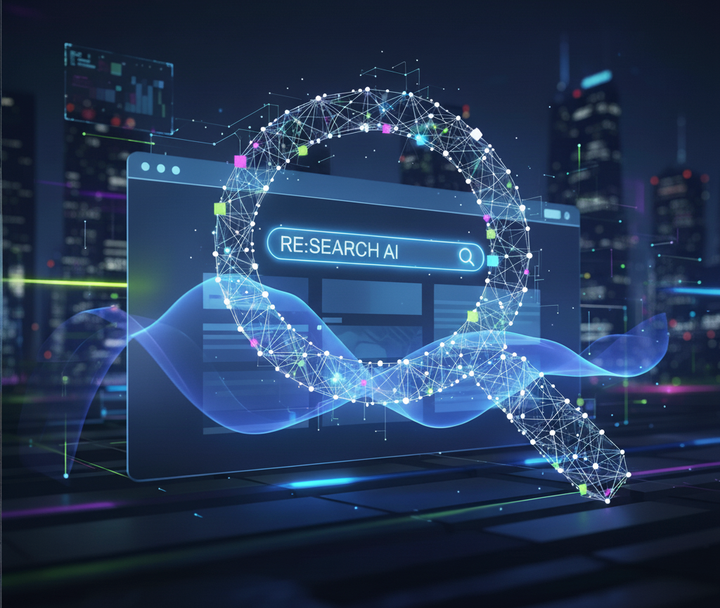In the world of digital creation, there’s a fundamental difference between development and design that’s often overlooked. Development operates in a binary world; things either work or they don’t. Design, however, lives in the land of infinite gray areas.
In the world of digital creation, there’s a fundamental difference between development and design that’s often overlooked. Development operates in a binary world; things either work or they don’t. Build a registration system? It either lets users sign up successfully or it throws an error. Create a login feature? Users can either access their accounts or they can’t. There’s a clear pass/fail threshold that makes development straightforward to evaluate and, importantly, straightforward to program.
Design, however, lives in the land of infinite gray areas. There’s no “broken” design in the traditional sense; only designs that are poorly executed, misaligned with their audience, or ineffective at achieving their goals. What looks stunning to one person might feel completely wrong to another, depending on their background, preferences, and the context in which they’re viewing it.
This difference creates a massive challenge when we try to bring AI into the design process.
Why AI Can't Replace Human Design Intuition
When something operates in binary terms, it's relatively easy to train an AI system. You can feed it thousands of examples of working code and broken code, and it learns to distinguish between the two. But how do you teach an AI what "good design" looks like when good design is inherently subjective?
The current approach involves feeding AI systems examples of designs we label as "good" and hoping they can extrapolate patterns. AI can follow style guides, understand basic design principles, and even emulate successful designs it's seen before. But design matters precisely because it's not binary. It requires understanding context, emotion, and human psychology in ways that current AI systems simply can't replicate.
AI doesn't truly understand how a particular shade of blue makes someone feel, or why a certain font choice might resonate with a specific audience. It can execute what it's been trained to do, but it lacks the intuitive spark that leads to breakthrough design moments where a designer has a brilliant idea that transforms the entire project.
This limitation becomes even more apparent when you consider the disconnect between stakeholders and end users that has always been a challenge in design. Different groups have different agendas, preferences, and definitions of success. AI doesn't solve this problem; if anything, it might amplify it by creating designs that check all the technical boxes while missing the emotional and contextual nuances that make design truly effective. AI can follow rules and patterns, but it can't have that flash of inspiration that leads to something genuinely innovative.
Real-World Testing: A Costly Education
I recently spent a few hundred dollars testing various AI design and development tools to see how they stack up in practice. I experimented with platforms like Lovable, Figma Make, Rork, bolt.new, builder.io, Base 44, and Claude.ai, putting them through their paces on everything from basic websites to complex applications.
The results were mixed, to put it kindly.
For basic websites, the kind that need standard functionality and conventional layouts, these tools can absolutely get the job done. If you’re someone without design or development experience, they offer a viable path to getting a web presence that looks professional, even if it looks similar to everyone else’s.
But when you venture into more complex territory, the limitations become glaringly apparent. I found myself caught in frustrating loops, burning through tokens and credits trying to get the AI to implement seemingly simple features. What should have been quick fixes turned into expensive, time-consuming battles with systems that couldn’t quite grasp what I was trying to achieve.
The Sweet Spot: AI as a Tool, Not a Designer
Through all this experimentation, including building an app at Markur.app that I’ve redesigned at least three times in the past few weeks, I’ve identified where AI actually shines in the design process:
Photo editing and asset creation: AI excels at taking your original photos and removing unwanted elements or generating variations. It’s a powerful tool for content creation when you maintain creative control.
Ideation and exploration: AI can generate multiple design directions for you to explore, serving as a creative brainstorming partner rather than the final decision-maker.
Bridging design and development: This is where I see the most potential. AI could write technical specifications from design notes, create design systems from existing designs, and reduce the back-and-forth between designers and developers.
Looking Forward
AI tools for design and development are improving rapidly, and they’re already useful for specific applications. But they work best when treated as sophisticated assistants rather than replacements for human creativity and judgment.
If you know how to design and code, these tools can speed up your workflow significantly. If you don’t, they can give you a decent starting point, though you’ll likely end up with something that looks remarkably similar to what everyone else is creating.
The future probably lies not in AI replacing designers, but in AI becoming better at translating human creative vision into executable reality. Until then, the magic of design — that indefinable quality that makes something not just functional but truly engaging — remains distinctly human.




Comments ()